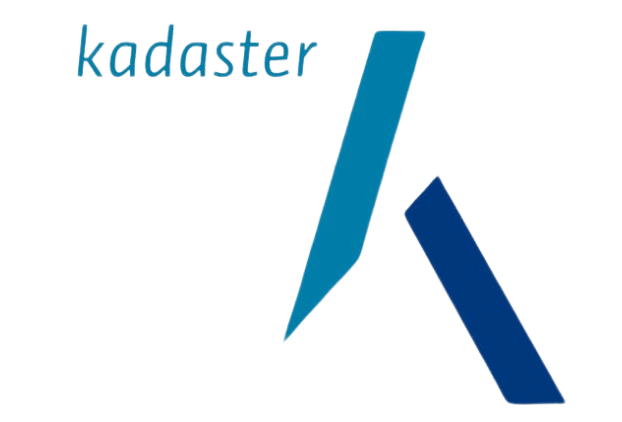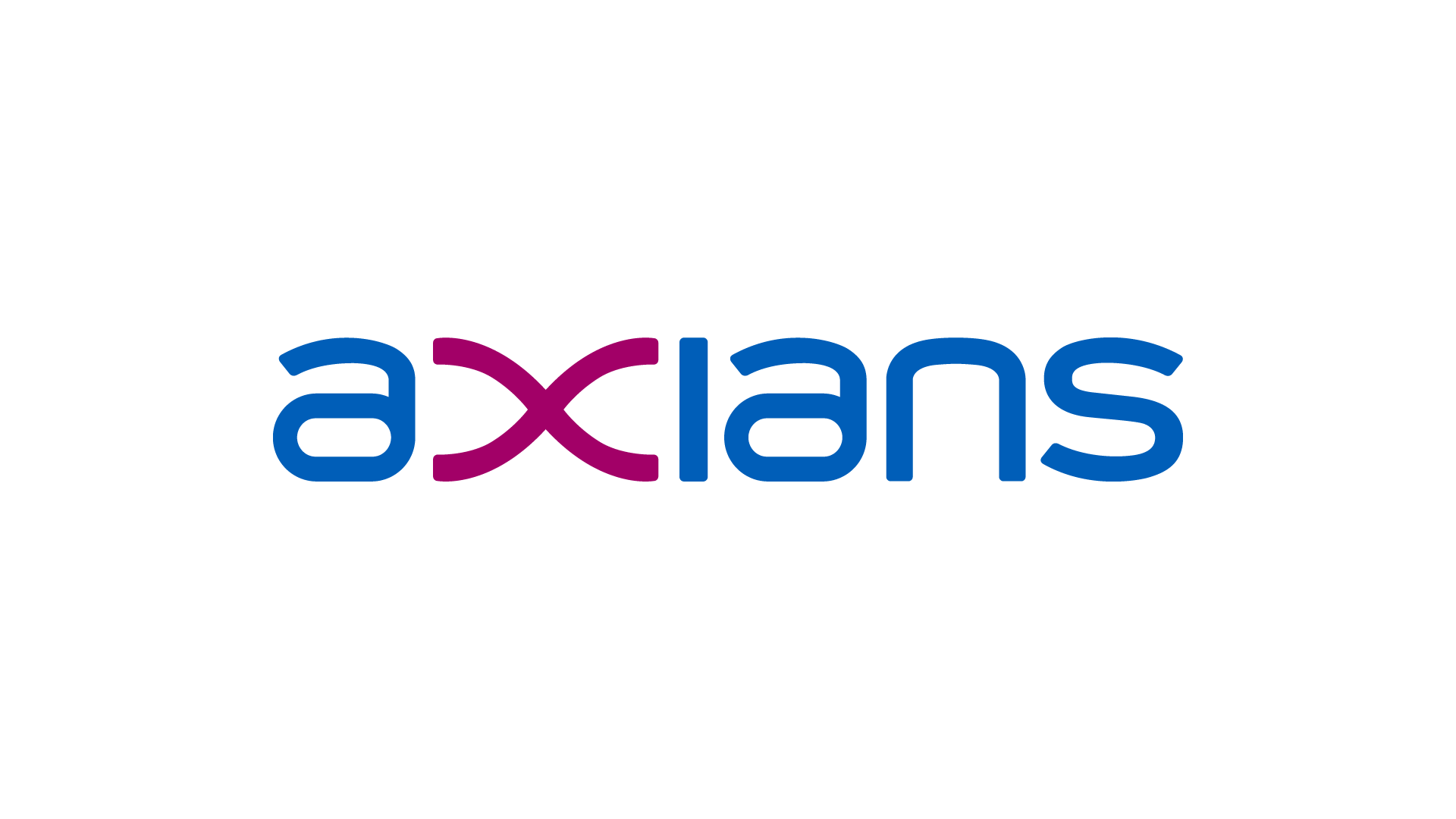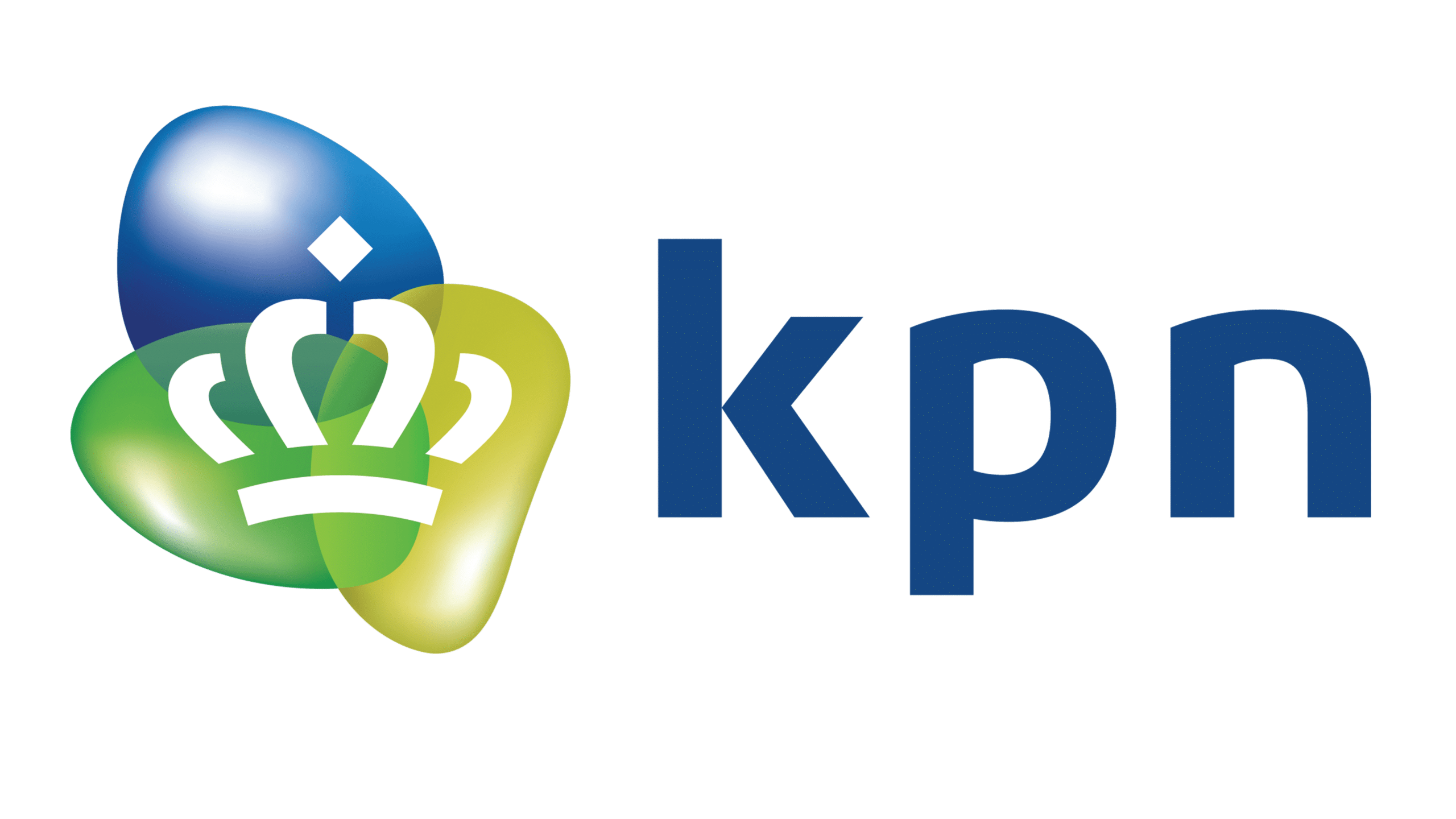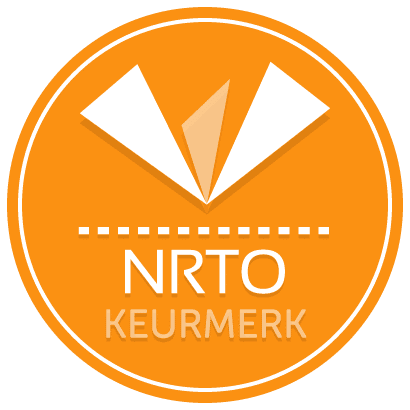Algemene omschrijving
The AZ-800 E-Learning is entirely in English. As a Dutch IT training provider, we offer the information on this page in Dutch. At the bottom of the page, you will find a brief summary in English. The topics within the AZ-800 E-Learning package itself are described in English.
De M365-proefabonnementen die Microsoft voor deze labomgeving verstrekt, zijn maximaal 14 dagen beschikbaar. Toegang tot de labomgeving, inclusief virtuele machines en labhandleidingen, blijft gedurende de volledige 180 dagen beschikbaar. Voor langer toegang kan een persoonlijke tenant of abonnement nodig zijn.
De AZ-800 E-Learning biedt jou een complete leerervaring in het beheren van werklasten en services met betrekking tot Windows Server binnen on-premises (lokale servers), evenals hybride omgevingen en cloudomgevingen. Met toegang tot het AZ-800 cursusmateriaal, een interactieve labomgeving (die 180 dagen toegankelijk is), een AZ-800 oefenexamen en een AZ-800 examenvoucher word je voorzien van alles wat jij nodig hebt om jouw kennis en vaardigheden op het gebied van hybride Windows Server-oplossingen uit te breiden.
Door de AZ-800 E-Learning door te nemen, zul je een expert worden in het implementeren en beheren van on-premises (lokale) en hybride oplossingen, zoals identiteit, beheer, compute, netwerken en opslag. De interactieve labomgeving biedt jou de mogelijkheid om praktische vaardigheden op te doen binnen een Windows Server-hybride omgeving. Hierdoor zul je in staat zijn om complexe infrastructuren te beheren.
Verder bestaat de AZ-800 E-Learning uit een combinatie van theoretische kennis en praktische vaardigheden die jij direct in jouw werk toe kunt passen. Het flexibele zelfstudieformaat en de uitgebreide toegang tot leermiddelen helpen jou om jouw in jouw eigen tempo voor te bereiden op het AZ-800 examen en jouw carrière in Microsoft Azure te bevorderen.
Doelgroep
De AZ-800 E-Learning is ontworpen voor ICT-professionals die zich willen specialiseren in het beheren van Windows Server-werklasten in on-premises (lokale), hybride en cloudomgevingen.
Dit betreft met name de volgende mensen:
- Systeembeheerders die verantwoordelijk zijn voor het dagelijks beheren van Windows Server-infrastructuren en hun kennis uit willen breiden naar hybride en cloudomgevingen.
- Netwerkbeheerders die expertise willen verkrijgen in het beheren van netwerkcomponenten binnen een hybride Windows Server-omgeving.
- Cloudbeheerders die met Microsoft Azure werken en hun vaardigheden uit willen breiden naar hybride infrastructuren.
- ICT-professionals binnen technische sectoren waarbij hybride en cloudgebaseerde infrastructuren steeds belangrijker worden, zoals:
- Gezondheidszorg.
- Financiën.
- Overheid.
Wat is inbegrepen
De AZ-800 E-Learning biedt jou uitgebreide leermiddelen en ondersteuning om jou optimaal voor te bereiden op het AZ-800 examen en het beheren van hybride Windows Server-oplossingen.
Hier is een overzicht van de inhoud van de AZ-800 E-Learning:
- Officieel AZ-800 cursusmateriaal
- De inhoud van het AZ-800 cursusmateriaal biedt jou diepgaande kennis over het beheren van Windows Server-werklasten binnen hybride omgevingen.
- Interactieve labomgeving
- Toegang tot virtuele machines en labhandleidingen gedurende 180 dagen, waarmee je praktische vaardigheden opdoet binnen een realistische labomgeving. Houd er rekening mee dat de M365-proefabonnementen maximaal 14 dagen beschikbaar zijn; voor langere toegang is een persoonlijke tenant of abonnement nodig.
- AZ-800 oefenexamen
- Een uitgebreid AZ-800 oefenexamen waarmee jij jouw expertise kunt toetsen en waarmee jij je goed kunt voorbereiden op het officiële AZ-800 examen.
- AZ-800 examenvoucher
- Inclusief een AZ-800 examenvoucher om het AZ-800 certificeringsexamen af te leggen.
Voorkennis
Voordat je begint met de AZ-800 E-Learning, is het van belang dat jij beschikt over de volgende kennis en vaardigheden:
- Ervaring met het beheren van Windows Server en Windows Server-werklasten binnen on-premises (lokale) scenario's, inclusief:
- Active Directory Domain Services (AD DS).
- Domain Name System (DNS).
- Distributed File System (DFS).
- Hyper-V.
- File and Storage Services.
- Ervaring met algemene hulpmiddelen voor het beheren van Windows Server (geïmpliceerd in de eerste vereiste).
- Basiskennis van de kerntechnologieën van Microsoft voor computing, storage, netwerken en virtualisatie (impliciet in de eerste vereiste).
- Ervaring met en kennis van netwerktechnologieën, zoals:
- IP-adressering.
- Naamomzetting.
- Dynamic Host Configuration Protocol (DHCP).
- Ervaring met en kennis van Microsoft Hyper-V, evenals de basisprincipes van servervirtualisatie.
- Basiservaring met het implementeren en beheren van IaaS-diensten binnen Microsoft Azure.
- Basiskennis van Azure Active Directory (Azure AD).
- Praktische ervaring met clientedities van Windows, zoals Windows 10 of Windows 11.
- Basiservaring met Windows PowerShell.
Onderwerpen
AZ-800 | Leertraject 1: Identiteitsinfrastructuur implementeren en beheren
In dit leertraject leer je over de basisprincipes van Active Directory Domain Services (AD DS) en hoe jij AD DS Group Policy Objects configureert en beheert. Daarnaast leer je hoe jij een hybride identiteit implementeert met Windows Server.
Modules:
- Inleiding tot AD DS.
- AD DS-domeincontrollers en FSMO-rollen beheren.
- Groepsbeleidsobjecten implementeren.
- Geavanceerde functies van AD DS beheren.
- Hybride identiteit implementeren met Windows Server.
- Azure IaaS Active Directory-domeincontrollers implementeren en beheren in Azure.
AZ-800 | Leertraject 2: Windows-servers en -workloads beheren in een hybride omgeving
In dit leertraject leer je over het veilig beheren van Windows Server met behulp van de juiste beheerprogramma's. Stroomlijn het beheer van Windows Server met Just Enough Administration (JEA). Tevens leer je hoe jij hybride technologieën implementeert in Windows Server-beheer.
Modules:
- Beveiligd beheer van Windows Server uitvoeren.
- Windows Server-beheerprogramma's beschrijven.
- Configuratie na installatie van Windows Server uitvoeren.
- Virtuele Windows Server IaaS-machine extern beheren en beheren.
- Hybride workloads beheren met Azure Arc.
- IT-bewerkingen en -beheer optimaliseren met Azure Automanage.
- Just Enough Administration in Windows Server.
AZ-800 | Leertraject 3: Virtualisatie en containers beheren in een hybride omgeving
In dit leertraject leer je over het implementeren en beheren van virtuele Windows Server-machines (VM's) en containerwerklasten met Windows Server Hyper-V. Je leert bijvoorbeeld hoe jij werklasten voor virtuele Azure IaaS-machines implementeert en configureert.
Modules:
- Hyper-V configureren en beheren.
- Virtuele Hyper-V-machines configureren en beheren.
- Hyper-V-workloads beveiligen.
- Virtuele Windows Server IaaS-machines plannen en implementeren.
- Installatiekopieën van virtuele Windows Server IaaS-machines aanpassen.
- De configuratie van virtuele Windows Server IaaS-machines automatiseren.
- Containers uitvoeren op Windows Server.
- Containers op Windows Server indelen met Kubernetes.
AZ-800 | Leertraject 4: Een on-premises en hybride netwerkinfrastructuur implementeren en gebruiken
In dit leertraject leer je over het implementeren en beheren van netwerkservices in Windows Server. Daarnaast krijg je inzicht in het implementeren en beheren van DHCP, beveiligde DNS en het implementeren van IP-adresbeheer (IPAM) en web-toepassingsproxy. Tevens verkrijg je kennis en vaardigheden op het gebied van Azure IaaS-netwerken.
Modules:
- DNS implementeren voor Windows Server IaaS-VM's.
- DHCP implementeren en beheren.
- Windows Server DNS implementeren.
- IP-adresbeheer implementeren.
- Externe toegang implementeren.
- Hybride netwerkinfrastructuur implementeren.
- IP-adressering en routering voor Windows Server IaaS-VM implementeren.
AZ-800 | Leertraject 5: Opslag- en bestandsservices configureren
In dit leertraject krijg je inzicht in het implementeren en beheren van Windows Server-bestandsservers en -opslag. Implementeer opslagruimten (Storage Spaces), gegevensontdubbeling (data deduplication) en Windows Server Storage Replica. Tevens zul je leren hoe jij Azure File Sync implementeert en Azure File Services configureert.
Modules:
- Windows Server-bestandsservers beheren.
- Storage Spaces en Storage Spaces Direct implementeren.
- Windows Server Data Deduplication implementeren.
- Windows Server iSCSI implementeren.
- Windows Server Storage Replica implementeren.
- Een hybride bestandsserverinfrastructuur implementeren.
Labopdrachten
- 1. Implementing identity services and Group Policy.
- 2. Implementing integration between AD DS and Microsoft Entra ID.
- 3. Managing Windows Server.
- 4. Using Windows Admin Center in hybrid scenarios.
- 5. Implementing and configuring virtualization in Windows Server.
- 6. Deploying and configuring Windows Server on Azure VMs.
- 7. Implementing and configuring network infrastructure services in Windows Server.
- 8. Implementing hybrid networking infrastructure.
- 9. Implementing storage solutions in Windows Server.
- 10. Implementing Azure File Sync.
English Summary
The AZ-800 E-Learning offers comprehensive training in managing Windows Server workloads across on-premises, hybrid, and cloud environments. With access to AZ-800 course materials, labs (accessible for 180 days, an AZ-800 practice exam, and an AZ-800 exam voucher, you will gain expertise in implementing and managing complex infrastructures. Note that the included M365 trial subscriptions are available for up to 14 days, with extended access requiring a personal tenant or subscription.
























